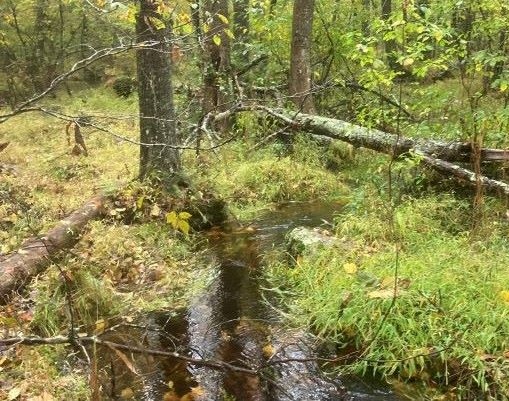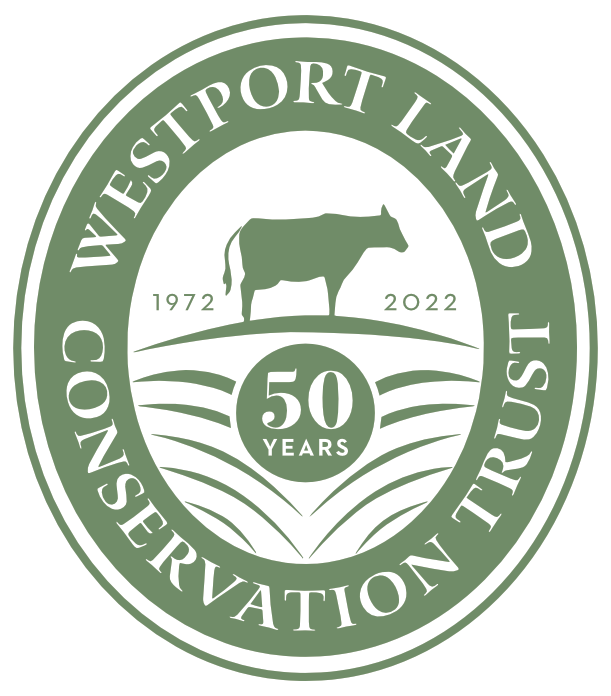As Hurricane Lee passed by this weekend, it left behind a variety of trees that have been uprooted or completely fallen as a result of the wind. Trees are the stalwarts of our New England landscape, from the oak tree which provides habitat for more wildlife and pollinators than any tree on the planet to the tupelo that is one of the first trees to illustrate the start of fall with its Christmas tree- like display.
While it is disheartening to lose a tree in the forest, in our yards, or on our conservation areas, it is helpful to remember the many benefits trees provide at the end of their lifespan.

In our stewardship, we often refer to these trees as “snags.” Below are some highlights of how trees just keep giving back to the habitat:
- Home for sale: Snags provide essential nesting and shelter for mammals, amphibians, and reptiles. The many cavities a snag possesses as it deteriorates can be a new home for many!
- Keeping the fish cool: Snags found over a river, brook or stream can provide beneficial shade or nesting for aquatic wildlife. Westport has rate Coldwater Fishery Resources in its various streams and brooks that support native brook trout because a robust forest canopy keeps these waters cool and the many snags that fall in these waters provide essential habitat for fish.
- Birds, Birds, Birds! 35 different species of birds who live and visit New England use cavities of snags to nest. In addition, many of these birds are insectivorous and rely on the many bugs that inhabit a snag.
- Future Soil: Fallen trees, and other dead plant life in the forest keep giving even after wildlife can no longer inhabit them. How? Well, these massive stalwarts degrade into the future forest floor, providing their successors and forest plant friends with healthy soil to thrive in.

Leave the snags alone!
We run into many landowners who run out with a saw or chainsaw the moment a tree falls. We hope you’ll think twice about the trees in your forest or on the margins of your landscape that help keep wildlife thriving long after they’ve died.
For more on post-storm and general fall clean-up:
Gardening in the Fall
What Happens to Trees After They Fall
Entomologist Doug Tallamy on the role of oak trees (YouTube)


